

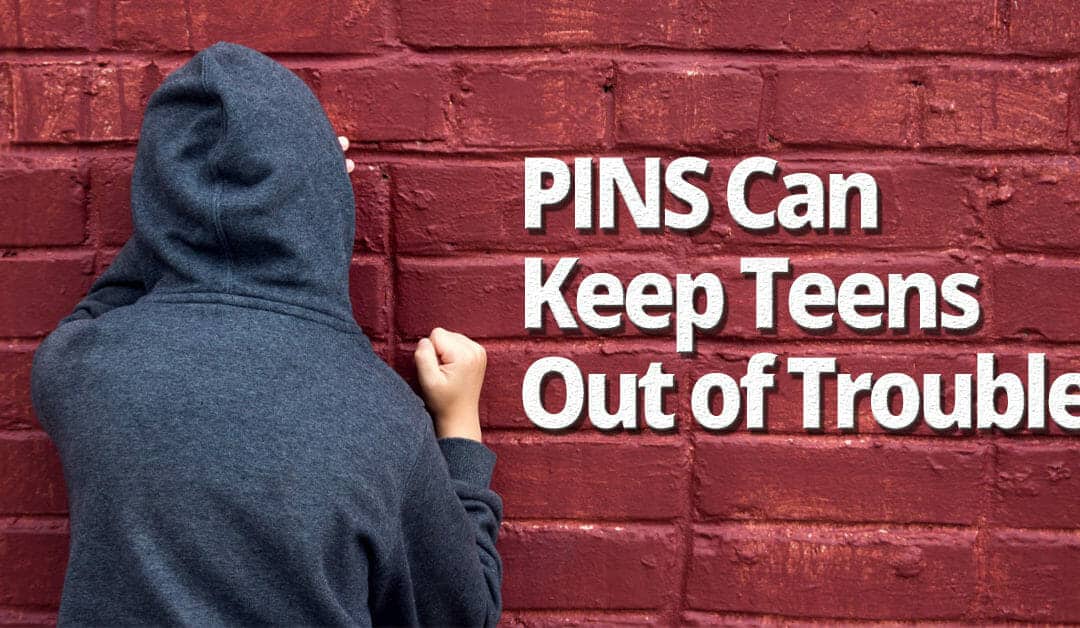
The PINS Diversion Program Helps Keep Kids’ Behavioral Problems in Order
HOME ABOUT US OUR FIRM FIRM YOUR LEGAL TEAM ATTORNEYS YOUR ATTORNEYS ROBERT E HORNBERGER CHRISTINE M VERBITSKY ANNEMARIE LANNI LAWRENCE M. MARINO BRENDA LYNCH (Of Counsel) PRACTICE AREAS AREAS OF EXPERTISE What’s Involved In Divorce DIVORCE DIVORCE COLLABORATIVE...
Long Island Divorce Attorney Answers Equitable Distribution Questions
What is Equitable Distribution in Divorce on Long Island, NY? On Long Island, when a couple decides to divorce, there is inevitably property that must be divided so that each spouse can have some property each spouse goes their separate way. Nassau and Suffolk...
Family Court Lawyer Helps Long Is Families in Family Treatment Courtland
As a family law attorney working in family court on Long Island, I’ve seen first-hand how substance abuse can affect a parent’s ability to properly care for their child. Every Long Island family knows someone that is affected by substance abuse. (more…)
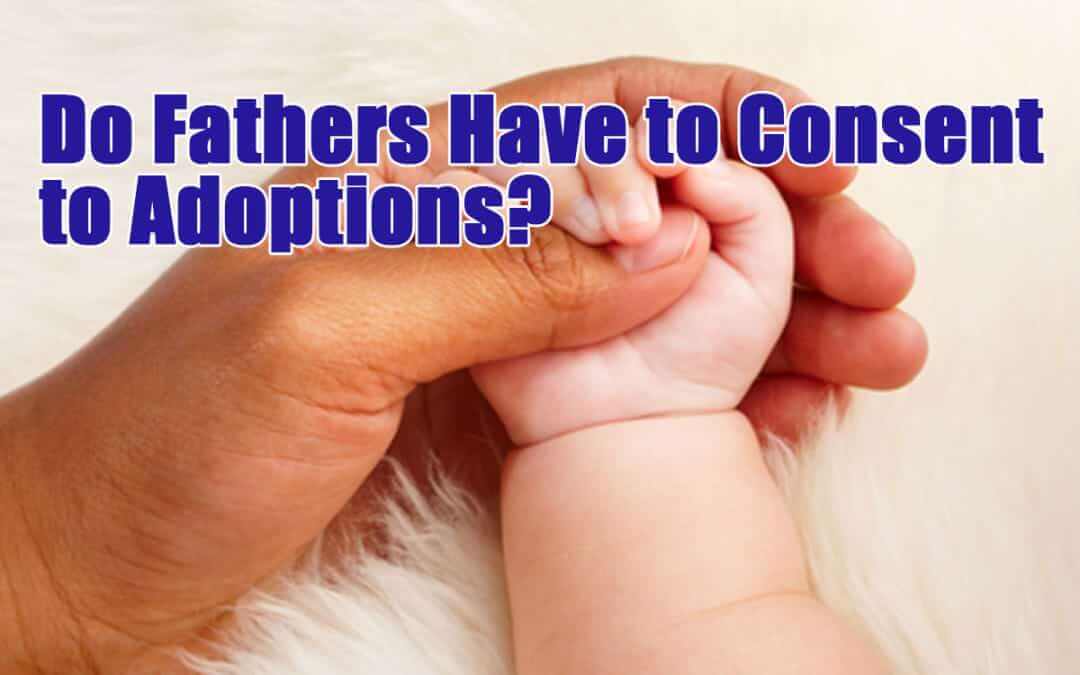
Biological Fathers Rights in Adoption in Long Island
When Natural Fathers Rights to Consent is Required for Adoption
As a family law attorney practicing on Long Island, protecting biological fathers rights in the complicated adoption process is often part of my job. When a parent is unable to care for the needs of his or her child and considers adoption as an alternative to parenting, or when a natural and custodial parent wishes for his or her new spouse to adopt the child and become a legal parent, New York adoption laws come into play. (more…)
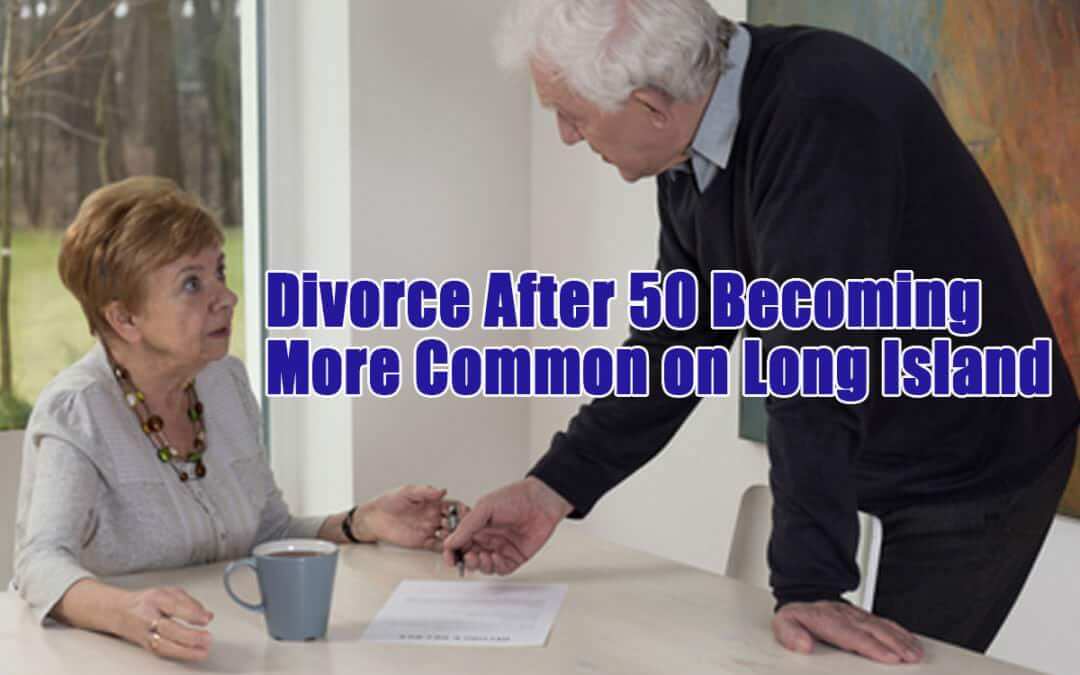
Long Island Divorce Lawyer Says Divorce After Age 50 Becoming More Common in Nassau County & Suffolk County, NY
As a Long Island divorce lawyer, I am seeing more and more clients over the age of 50 filing for divorce. (more…)

Long Island Divorce Attorney Explains Issues of Pet Custody in Nassau County and Suffolk County Divorces
Pet Custody in New York: Who Keeps the Family Pet After Divorce?
As a divorce attorney practicing on Long Island I am not surprised by the frequency with which I meet with Nassau County and Suffolk County couples who are concerned with who will get custody of the family pet after their divorce. (more…)

Long Island Family Law Attorney Explains PINS Diversion Program
As a Family Law Attorney practicing on Long Island, and a parent, I know that any parent in Nassau County or Suffolk County, and especially the parent of a teenage child, would likely admit that parenting is one of the most challenging endeavors in life. (more…)
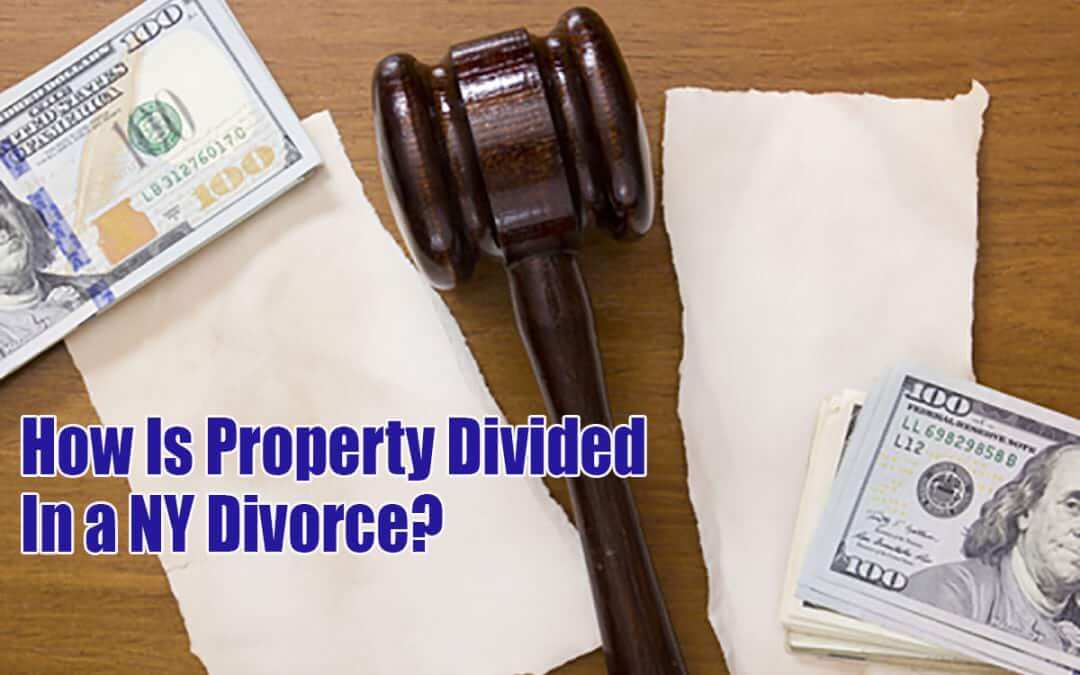
Long Island Divorce Lawyer Explains Equitable Distribution Laws in Nassau County or Suffolk County Divorce
With many years of experience as a divorce lawyer on Long Island, I have seen first-hand, how the division of marital property is perhaps the largest issue in most people Nassau County or Suffolk County divorce. Divorces on Long Island are governed by the laws of the...
Divorce Mediator Long Island Explains the Benefits of Divorce Mediation over Divorce Litigation
As a Long Island divorce mediator and divorce attorney, I always look for the best solution to legally resolve my clients marital status. By “best”, I mean the one that will allow them to move forward with their lives as individuals with the least stress, least economic impact (least expensive) and in the least amount of time (which translates to less cost and stress as well). In cases where the spouses are able to communicate effectively and negotiate the terms of their divorce, this is often divorce mediation as opposed to divorce litigation.
If you are considering a divorce, or in the middle of a divorce in New York, you may be wondering about divorce mediation and whether there are any benefits of mediation over an adversarial divorce proceeding. A divorce attorney in Nassau County or Suffolk County may be able to help you get through your divorce with more confidence and less stress and less expense by utilizing divorce mediation rather than divorce litigation in a courtroom in Nassau County of Suffolk County.
The end of a marriage can be an unimaginably stressful time and can rock the worlds of the spouses and children involved. The process of divorce raises questions about division of property and rights that the couple never imagined as potential issues. Divorce litigation can become a battle of the wills. It is not uncommon that two people who once loved each other can become bitter and threatening, resulting in an extended tug of war that lasts longer than their courtship before marriage.
Divorce mediation on Long Island is an excellent method of reducing the time, cost, and stress involved in a Nassau County or Suffolk County divorce. The differences between mediation and litigation can be tremendous. Divorce mediation allows both spouses to come before a neutral, skilled divorce mediator whose goal is to address questions, concerns and assist the parties in coming to an agreement. The divorce mediator will help the both spouses learn to identify, address and successfully resolve the legal matters which are presented by their divorce in a non-confrontational or threatening way. Issues such as child custody and care, division of assets, financial support and many others are often best resolved in a cooperative, goal oriented atmosphere rather than by an adversarial fight. Furthermore, because a divorce mediator does not represent either spouse, he or she has all the tools to help couples facing a divorce in Nassau County or Suffolk County come to a mutual agreement while saving time and money.
Divorce mediation can be a far less stressful process than divorce litigation. In a neutral setting, the parties can work out the details of the divorce agreement and maintain some control over the outcome, rather than having two opposing divorce attorneys battle it out in court. Parties are often surprised how many details can be worked out in a mutually agreeable fashion in divorce mediation.
Of course, divorce is never pleasant, and mediation cannot take the emotional pain away. However, mediation can greatly reduce the amount of stress placed upon the family by offering a supportive and cooperative forum for problem solving. Parties are assisted in maintaining a smart, practical state of mind in the decision-making and compromise process, rather than allowing resentment and other emotions get the best of them. The goal of mediation is to come to an agreement by which both parties can successfully move forward with their lives after this life-changing event. Children of the couple are also great beneficiaries of this method of divorce as their parents are not at each other’s throats during the divorce, which leads to better communication regarding child-rearing after the divorce.
For example, the care and custody of the children can be especially difficult for parties to agree upon. Common sense may indicate that the best interests of the children would be found in reaching a mutually agreeable plan, but parents are often unwilling to budge in this area. A Divorce Mediator in Nassau County or Suffolk County may be able to reframe the issue within the framework of smart parenting and the children’s best interests, and shift the focus away from divorce adversaries who each want to “win.” In fact, if the parents go through divorce litigation, the outcome will be completely unpredictable, and a judge will tell them when and for how long they can see their children. If parties are able to use reason and compromise as tools to support the post-divorce family, they will have far more control over the outcome. Usually, this results in a more peaceful and balanced set of circumstances for the parents, children and extended family after the divorce is finalized.
On the contrary, contested divorce litigation places the decision making in the hands of a Nassau County of Suffolk County court. The parties each present their case through a trusted attorney, and then must surrender control to the hands of the judge to determine what is best for their family. An adversarial divorce proceeding usually results in increased costs, litigation, a lengthier process, loss of privacy in some sensitive matters, and can have unpredictable results, all in addition to the pain of a broken marriage.
There are no winners in divorce litigation. Even if one party receives greater financial or child custody results in court, that party still must face the post-divorce family dynamic, especially if there are children involved. Divorcees often realize that, after all is said and done, the family would have better been served by care and consideration for each family member, including the ex-spouse. Learning to engage in divorce mediation in the context of divorce can set the tone for future family interactions that may be inevitable throughout the parties’ lifetimes. Even if you feel there is only a slight possibility that litigation can be avoided in your particular divorce circumstances, mediation is certainly worth a try.
Receive a Free Consultation from an Experienced Long Island Divorce Mediator or Divorce Attorney in Nassau County, Suffolk County, Long Island, NY
To learn more about Divorce Mediators on Long Island and how they can save you time, money and stress, visit this page: Divorce Mediator Long Island | Nassau County & Suffolk County. A Long Island divorce mediator who is also a divorce attorney can best help you decide if divorce mediation or divorce litigation is the best route to end your marriage while protecting your and your family’s rights and interests. Reach out to the Law Offices of Robert E. Hornberger, Esq. at 631-923-1910 for a free confidential consultation, or fill out the form on this page and we’ll get right back to you.
Download our Free New York Divorce Guide
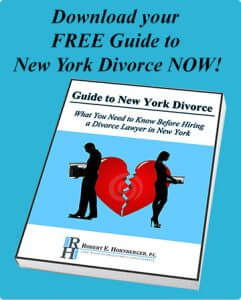 Our 41-page “Guide to New York Divorce: What You Need to Know Before Hiring a Divorce Lawyer in New York” written by an experienced divorce lawyer Long Island’s Robert E. Hornberger, Esq., provides you with real information on the divorce process and the laws it rests upon in the state of New York. This book will help give you a solid foundation upon which you can begin the process of making your family’s, life better. Download your Free Guide to New York Divorce here.
Our 41-page “Guide to New York Divorce: What You Need to Know Before Hiring a Divorce Lawyer in New York” written by an experienced divorce lawyer Long Island’s Robert E. Hornberger, Esq., provides you with real information on the divorce process and the laws it rests upon in the state of New York. This book will help give you a solid foundation upon which you can begin the process of making your family’s, life better. Download your Free Guide to New York Divorce here.












